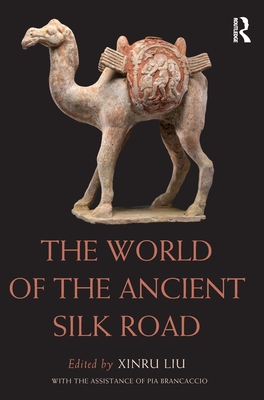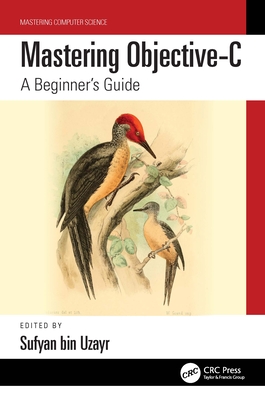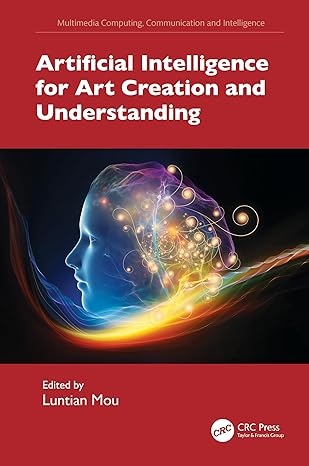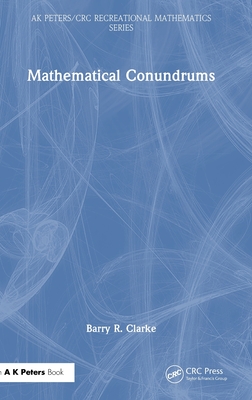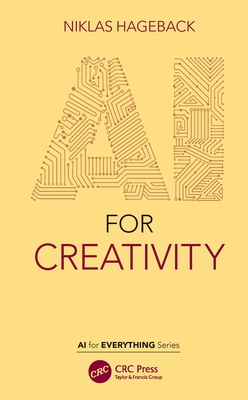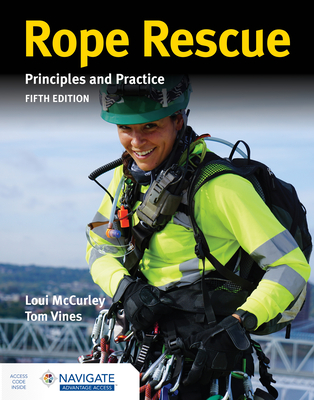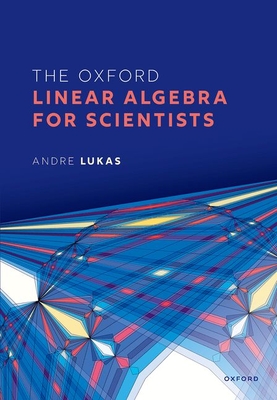图书简介
This volume explores human migration, communication, and cross-cultural exchange on the Silk Road, a complex network of trade routes spanning the Eurasian continent and beyond. It covers thousands of years of human history, from the 3rd millennium BCE to the early 2nd millennium CE.
Consolidating archaeological discoveries, historical analyses, and linguistic studies in one comprehensive volume, The World of the Ancient Silk Road brings to light diverse perspectives from scholars who have lived and worked across this vast region, many of which are published here in English for the fi rst time. It contains extensive references of primary and secondary sources in their original languages and scripts. From Early Bronze Age cultures to the rise of regional Islamic empires, from the Mediterranean to the Yellow River basin, this multidisciplinary volume seeks to off er new insights and expand Silk Road studies to the Anglophone world.
The World of the Ancient Silk Road provides an essential reference work for students and scholars of world history, particularly those studying the regions, cultures, and peoples explored in this volume.
Introduction: Changing landscape of the world of Silk Roads: terrains, ecology, languages, technology, Xinru Liu, Part I: Landscape of the Silk Road: from the Bronze age to the Beginning of Historical Records, 1. Kongquehe Bronze Age Culture - A Page of Early Eurasian History, Wang Binghua, 2. Tocharian Controversy: A Mobile Language Landscape of Central Asia, Xinru Liu, 3. Aramaic in the First Millennium BCE: Its Reception and Diffusion, Liu Jian, 4. Qirqiz, a People in the Forest and on the Steppe, Jia Yiken, 5. Invention and spread of horse chariots around Afro-Eurasia, Bruno Genito, 6. Horse Wagon with Bronze Wheel Felloe from Zhouyuan - Implication to the Exchanges between the East and West, Wang Peng, 7. Natural and Cultural History of the Camel, Renato Sala, 8. Cannabis and other plants with Peculiar Properties on the Silk Road, Kazim Abdullaev, Part II: Pastoral Nomads and Agricultural Societies, 9. Horse Archery Warfare and Rises and Falls of Nomadic Empires on the Eurasian Steppe, Craig Benjamin, 10. The Kushans, viz. the Da Yuezhi: A Century-Long Fallacy, Kuwayama Shoshin, 11. Looking for the city of horse, Mingtepa during the time of Dayuan Kingdom, Zhu Yanshi and Liu Tao, 12. Qirqiz/Kyrgyz, a People lived between Empires, Jia Yiken, 13. Images of Knights on the Great Silk Road, Kazim Abdullaev, Part III: Silk Trade and Caravan Cities, 14. Rise and Demise of Jingjue Kingdom, a Case of Tarim Oasis Politics, Ye Junshi, 15. Astana, Jiaohe, and other Turfan Cemeteries: the Movement of People, Ideas, and Objects in Gaochang Kingdom (442-640), Armin Selbitschka, 16. Turfan, the Frontier transmitting Smallpox to Tang China, Song Xian, 17. Caravan cities in the Roman Near East: Palmyra and Petra, Hamish Cameron, 18. The Chitral Ya u and a Route Southward in the First Century BCE, Shoshin Kuwayama, 19. Kabul and the Regional Centers of Eastern Afghanistan in their Historical Perspective, Minoru Inaba, 20. Routes of Swat, New Perspectives, Luca M. Olivieri, 21. The Silk Road and the ’Cotton Road’: Buddhist Art and Practice between Central Asia and the Western Deccan, Pia Branccacio, 22. Egyptian Textiles and Networks of Exchange prior to and following the Arab-Islamic Conquest, Arielle Winnik, 23. Sino-Arabian Economic and Cultural Exchanges from the 8th to the 15th centuries, Lin Meicun and Ran Zhang, Part IV: Empires and Religions, 24. Elephants, Greeks, and Gold: The Silk Road in the Age of Hellenistic Empires, Benjamin Abbott, 25. The Western Lord of Treasures - Viewing the Byzantine Empire from Tang Dynasty Chang’an, Lin Ying, 26. Sogdian Religion along the Silk Road: Variations of Zoroastrianism in Medieval China, Zhang Xiaogui, 27. Buddhist Propagation and Language Barriers, Xinru Liu, 28. Silk-Horse between the Tang Empire and the Xiagasi/Kyrgyz, Li Jinxiu, 29. Roman market for silks, heavy brocade or light crepe?, Berit Hildebrandt, 30. Christian discourses about silks in antiquity, Berit Hildebrandt, 31. The Creation and Spread of Tiraz Textiles across the Silk Road, Arielle Winnik, 32. Virtual Silk Roads: Objects, Exhibitions, Learners, Daniel Waugh.
Trade Policy 买家须知
- 关于产品:
- ● 正版保障:本网站隶属于中国国际图书贸易集团公司,确保所有图书都是100%正版。
- ● 环保纸张:进口图书大多使用的都是环保轻型张,颜色偏黄,重量比较轻。
- ● 毛边版:即书翻页的地方,故意做成了参差不齐的样子,一般为精装版,更具收藏价值。
关于退换货:- 由于预订产品的特殊性,采购订单正式发订后,买方不得无故取消全部或部分产品的订购。
- 由于进口图书的特殊性,发生以下情况的,请直接拒收货物,由快递返回:
- ● 外包装破损/发错货/少发货/图书外观破损/图书配件不全(例如:光盘等)
并请在工作日通过电话400-008-1110联系我们。
- 签收后,如发生以下情况,请在签收后的5个工作日内联系客服办理退换货:
- ● 缺页/错页/错印/脱线
关于发货时间:- 一般情况下:
- ●【现货】 下单后48小时内由北京(库房)发出快递。
- ●【预订】【预售】下单后国外发货,到货时间预计5-8周左右,店铺默认中通快递,如需顺丰快递邮费到付。
- ● 需要开具发票的客户,发货时间可能在上述基础上再延后1-2个工作日(紧急发票需求,请联系010-68433105/3213);
- ● 如遇其他特殊原因,对发货时间有影响的,我们会第一时间在网站公告,敬请留意。
关于到货时间:- 由于进口图书入境入库后,都是委托第三方快递发货,所以我们只能保证在规定时间内发出,但无法为您保证确切的到货时间。
- ● 主要城市一般2-4天
- ● 偏远地区一般4-7天
关于接听咨询电话的时间:- 010-68433105/3213正常接听咨询电话的时间为:周一至周五上午8:30~下午5:00,周六、日及法定节假日休息,将无法接听来电,敬请谅解。
- 其它时间您也可以通过邮件联系我们:customer@readgo.cn,工作日会优先处理。
关于快递:- ● 已付款订单:主要由中通、宅急送负责派送,订单进度查询请拨打010-68433105/3213。
本书暂无推荐
本书暂无推荐
